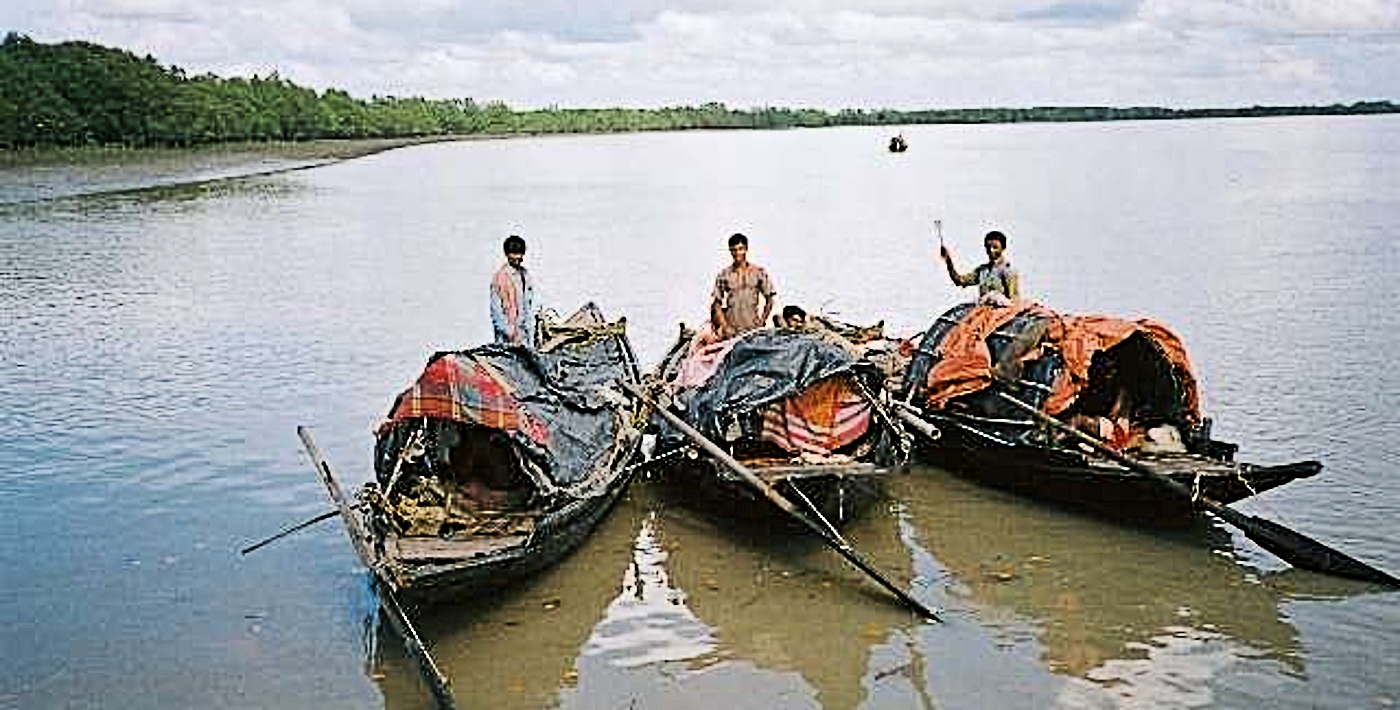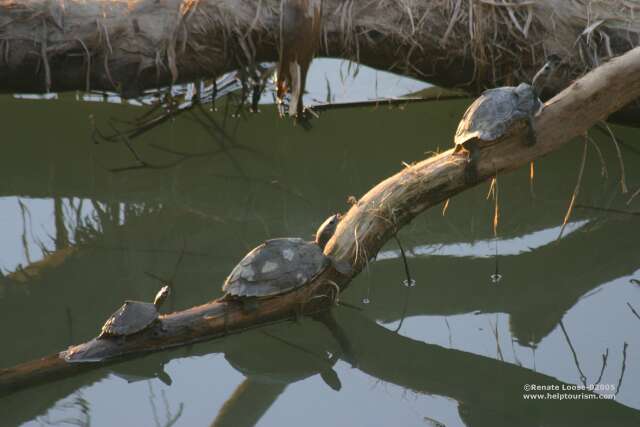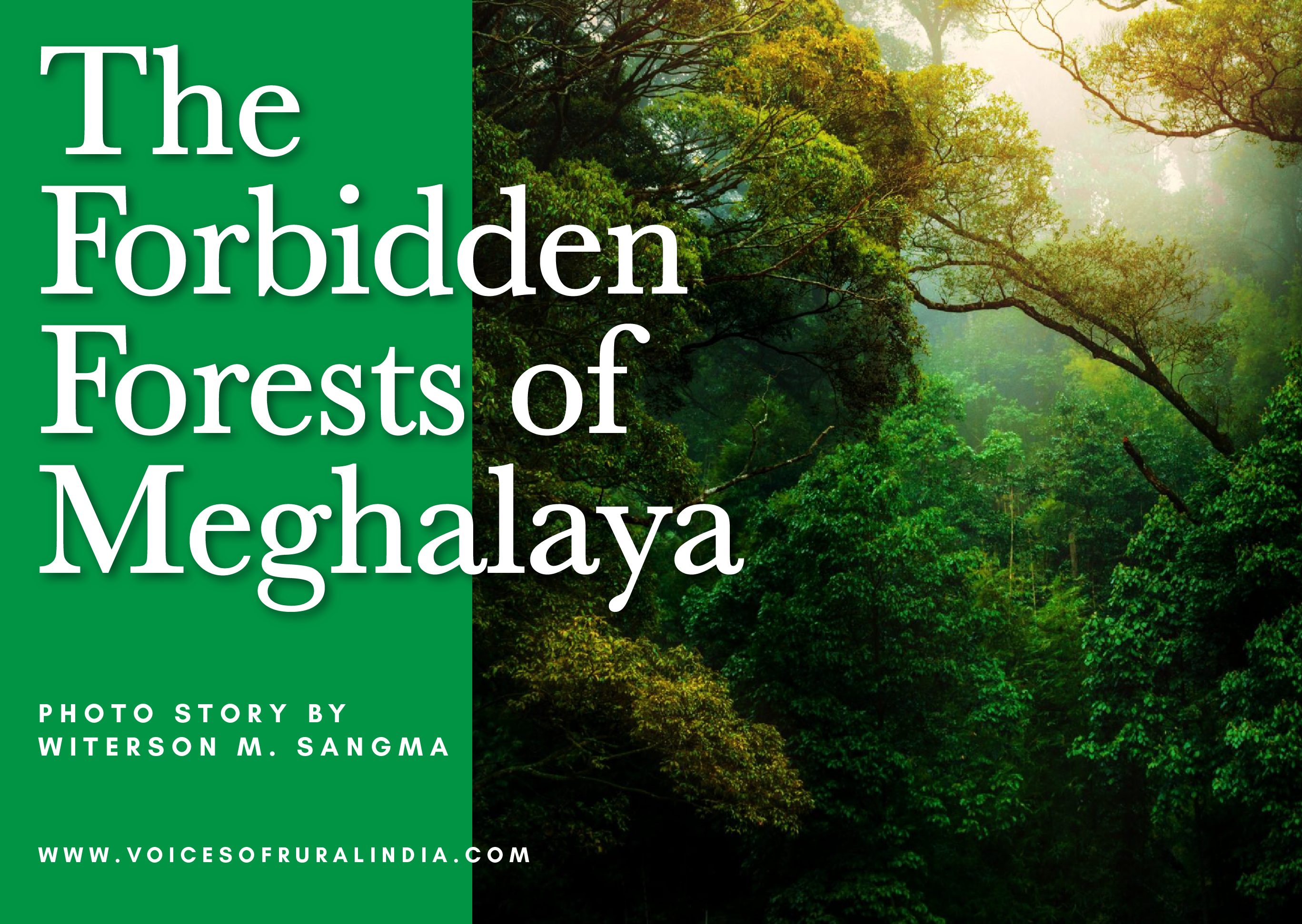
The impact of Covid-19 on individuals & communities working in tourism
04 July 2020 The Covid-19 pandemic and its domino effect of closed borders, cancelled flights, shuttered hotels and restaurants, and the complete stop of travel and tourism has severely impacted everyone dependent on this industry, one of the top job creators and income generators. In many parts of our country, individuals engaged in agriculture and in the arts and crafts sector, and many micro-entrepreneurs have bolstered their income by catering to travellers. Fishermen in Goa take tourists out to see dolphins, farmers in Himachal Pradesh have turned part of their homes into homestays, and artisans in Rajasthan conduct textile and crafts workshops. None of this is happening now. How has this complete stop in travel affected these individuals?
To find out, we bring to you RT Local - a series of conversations with those who work at the grassroots of travel and showcase their region and culture to travellers. Hear from them how they have been affected and what they think travel will look like post-Covid.
The Sundarbans is truly one of its kind. Forged by mighty rivers and spread across India and Bangladesh, the Sundarbans is the world's largest mangrove forest and is home to many species of animals, reptiles and birds, making this a paradise for wildlife and nature enthusiasts. This unique landscape of mangrove forests, fields and mudflats interspersed by numerous tidal streams and channels cannot be found anywhere else in the country. Best known for its tigers, the Sundarbans is a highly bio-diverse habitat.

Photos: Help Tourism
The land here is ever-changing, moulded by the constant movement of the tides, and the people and animals who live here have adapted to the fickle nature of the land and waters that sustain them. Life here isn't easy and the struggles of daily life and the beauty of the place have fostered folk practices that are unique to this region, like the worship of Bonbibi.
Considering the difficult terrain, travel and hospitality infrastructure is quite limited here. That has, however, not deterred avid wildlife and nature enthusiasts from visiting Sundarbans. Tourism has been a boon to local communities, with boatmen, farmers, guides, and artists finding work or getting additional income by providing services to travellers.
But the reality of living in Sundarban is that risks are ever present. Yet, the Covid-19 pandemic and the resultant economic crisis coupled with worries around health has been a challenge for the people here. While loss of income is the immediate concern, there are other issues to tackle from educating locals on the importance of social distancing to dealing with the 'fear of outsiders' who are seen as carriers of the disease.
Here, Anil Krishna Mistry, Principal Field Officer with the Wildlife Protection Society of India (WPSI) in Sundarbans, speaks about how the pandemic has impacted life in Sundarbans:






